Can We Talk About Protests? A Story Through Pictures
Protests only change things when they create leverage. Understand your power.
Trigger Warning: This post contains images of violence at protests. While I’ve avoided the more graphic imagery available, it can still be a lot to take in.
This is one of those articles that has been sitting in my drafts, waiting for the right time. Since writing this, we've seen active deployment of National Guard and federal military units in multiple cities. Authorities have introduced sweeping curfews, heightened the use of kettling, and increased militarized tactics. Once you’ve read this, please read On the Line: A Rapid Protest-Safety Primer for a National Guard Weekend for detailed practical advice on safely navigating these events.
Peaceful protests are vital. They create visibility, rally community support, forge crucial connections, and lay the groundwork for powerful movements. Their significance cannot be overstated.
And these protests often remain relatively safe—as long as those in power feel unthreatened. But the moment protests start to work, the moment they genuinely challenge authority and disrupt power, is the moment the risks escalate dramatically.
We often remember historical protests through a simplified lens, emphasizing their eventual victories rather than the enormous human toll they exacted. But history teaches us that societal change has rarely—if ever—come without severe human costs.
The Price of a Voice: Women’s Suffrage
Women protesting peacefully for the right to vote in the early 1900s were not only mocked publicly but physically assaulted. Prominent suffragists like Alice Paul and Lucy Burns were repeatedly arrested and jailed. While imprisoned, they went on hunger strikes, enduring brutal force-feedings and beatings. Their protests were painted as hysterical, unpatriotic, and dangerous.
Their sacrifices secured women's constitutional right to vote, transforming democracy for generations to come.
Fighting for Dignity: The Labor Movement
Striking coal miners at Ludlow, Colorado, in 1914 peacefully protested terrible working conditions and poverty wages. They and their families lived in tent colonies provided by the union. In retaliation, company security and militia fired on these tents, killing around two dozen men, women, and children, some burned alive when their tents were deliberately set on fire. This was only one event in a decades-long pattern of violent crackdowns against labor organizers.
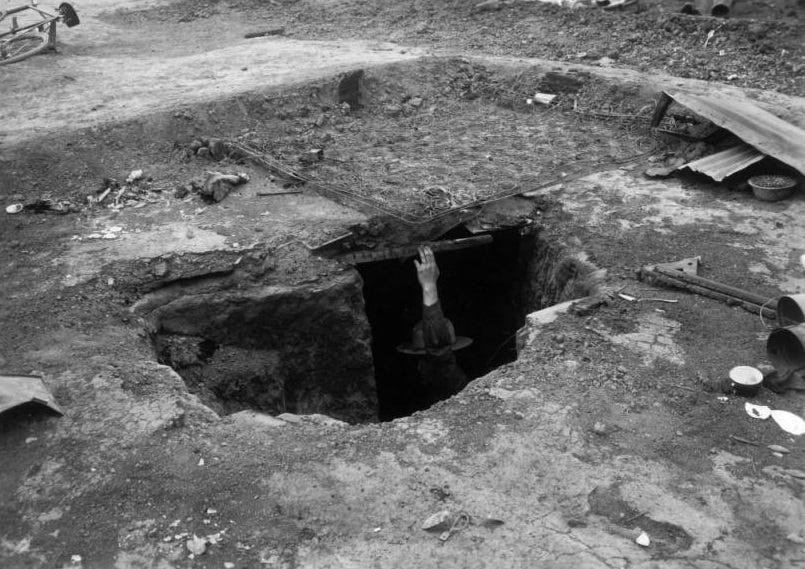
These tragic losses led to crucial labor reforms, safer working conditions, and fairer wages that still protect American workers today.
The Cost of Change: Civil Rights
Today we celebrate Martin Luther King Jr.’s speeches and legislative victories like the Civil Rights Act. But before any real victories were achieved, protesters faced unimaginable violence. They were attacked by police dogs, beaten brutally, and had fire hoses turned on them with enough force to strip bark from trees. Activists were imprisoned, lost their jobs, and some—like civil rights leader Medgar Evers, activist Viola Liuzzo, and three young activists James Chaney, Andrew Goodman, and Michael Schwerner—were murdered simply for trying to register Black citizens to vote.
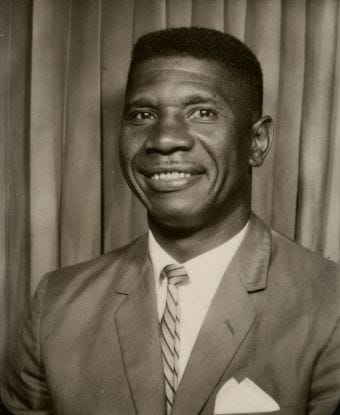

Ultimately, their sacrifices paved the way for landmark civil rights legislation, securing fundamental voting rights and protection from discrimination.
When Students Became the Enemy: Vietnam War Protests
In 1970, Kent State University saw the National Guard open fire on peaceful student protesters. Four students, two of whom weren't even protesting, simply walking to class, were shot dead. Nine others were gravely injured. Across the country, students and activists faced police violence, tear gas, surveillance, and relentless intimidation. Protesters often became social pariahs, targeted by FBI investigations and shunned by their communities.
Their suffering helped turn public opinion decisively against the war, eventually forcing political leaders to withdraw American troops from Vietnam.
Resistance and Pride: Stonewall and LGBTQ+ Rights
In 1969, LGBTQ+ individuals faced routine, violent police raids. During the Stonewall uprising, protesters resisted this brutality, but not without severe physical and emotional injuries. For decades afterward, queer people faced job losses, police brutality, constant threats, and even murder—like Matthew Shepard, who was beaten, tied to a fence, and left to die simply because he was gay.
Their courage ignited the modern LGBTQ+ rights movement, leading to critical advances in legal equality and social acceptance.
A Moment of Reckoning: Black Lives Matter
Even recently, peaceful demonstrators demanding an end to police brutality were met with severe force. Protesters were permanently blinded by rubber bullets, hospitalized from tear gas exposure, and violently arrested and assaulted by heavily militarized police forces. In Portland, federal officers snatched protesters off streets into unmarked vans, creating terror and uncertainty about their fates. Over 14,000 people were arrested nationwide.
These protesters forced a national conversation about systemic racism and policing, sparking critical reforms and shifts in public awareness.
These historical events weren’t isolated mistakes, they were deliberate, violent responses to peaceful, democratic demands. They are examples of the true cost of meaningful protest.
Now consider protests under the Trump administration.
We've already witnessed violent crackdowns against peaceful demonstrators in Lafayette Square, just so the Trump could take a photo holding a Bible. We've watched anonymous federal officers grab protesters off streets, tear-gas crowds without provocation, and openly threaten activists. Trump and his administration are openly defying court orders and boasting about ignoring constitutional limits.
But this time, it could get far worse. Under the explicit plans outlined in Project 2025, peaceful protesters will likely be labeled as threats to national security, seditionists, or even terrorists. This labeling isn't accidental; it's strategic. The administration wants to justify even harsher crackdowns, to create a narrative that allows the public to accept, and even cheer on, increased state violence and oppression.
Protests aren’t meant to simply express dissatisfaction—they’re designed to create leverage. They succeed precisely when they make the status quo too costly, uncomfortable, or unsustainable for those in power to maintain.
Peaceful protests can rally support and spotlight injustice, but power cedes nothing without consequences.
This is not meant to discourage protest, but to encourage clarity and strategic preparation. If you choose to participate, know clearly what you're walking into. Prepare yourself mentally, emotionally, and practically. Your courage and your rights matter deeply, but so does your safety and that of your community.
The upcoming guide will dive into how you can navigate this environment safely, responsibly, and effectively. It will outline strategies that empower your voice without playing directly into authoritarian hands.
But first, we need this clear-eyed understanding. Protests can and do change history but not without immense personal costs.
Stay vigilant, stay prepared, and above all, stay strategic.
Now that you’ve read this, please read On the Line: A Rapid Protest-Safety Primer for a National Guard Weekend for detailed practical advice on safely navigating protests.
Navigating Critical Resistance
Analyses - In-depth breakdowns examining the systems driving democratic collapse—exposing threats, tactics, and timelines to empower informed resistance.
Playbooks - Actionable strategic guides that directly respond to each analysis, providing comprehensive step-by-step resistance plans designed for immediate implementation.
Insights - Timely, targeted pieces highlighting critical events, emerging threats, and essential context—keeping you ahead of developments as they unfold.
Profiles – Investigative deep dives into the individuals driving America’s authoritarian shift—tracking how key figures build influence, shape institutions, and operate without public accountability.
Strategy - Concise tactical guides for active resistance in motion. These pieces distill complex threats into clear pressure points and practical actions—equipping you to disrupt systems, fracture narratives, and apply strategic force where it counts.
Subscriber Fee Transparency: Subscription fees directly support independent journalism, critical research, and resources for resistance.
Prefer a one-time support option?


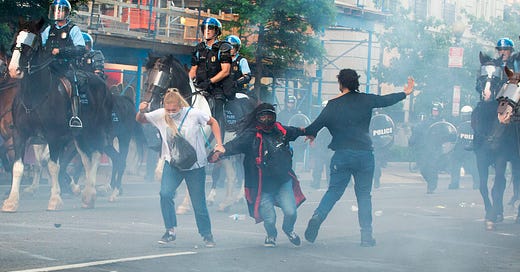


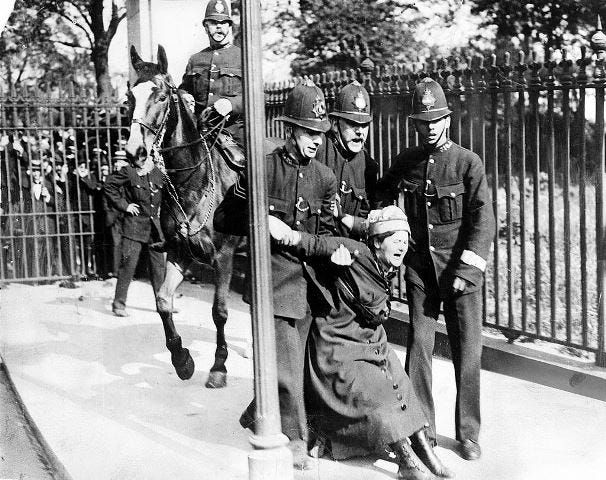
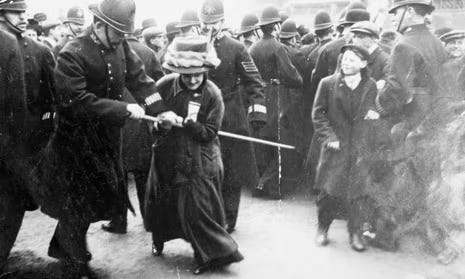
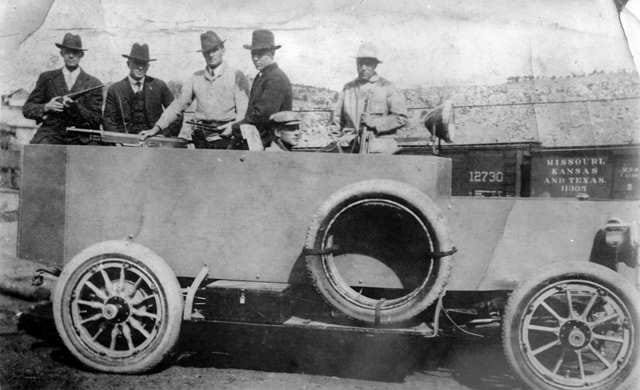
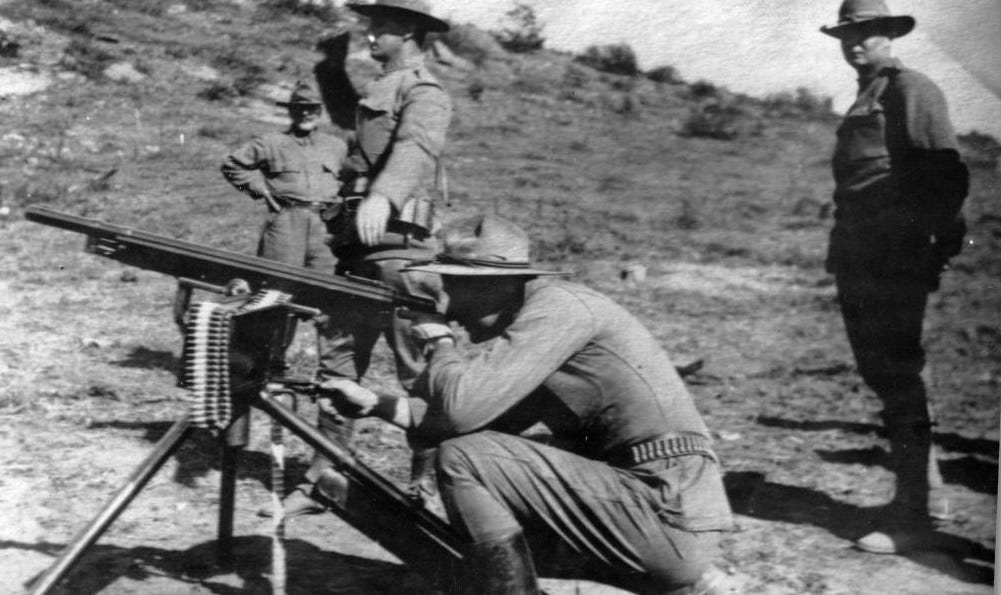
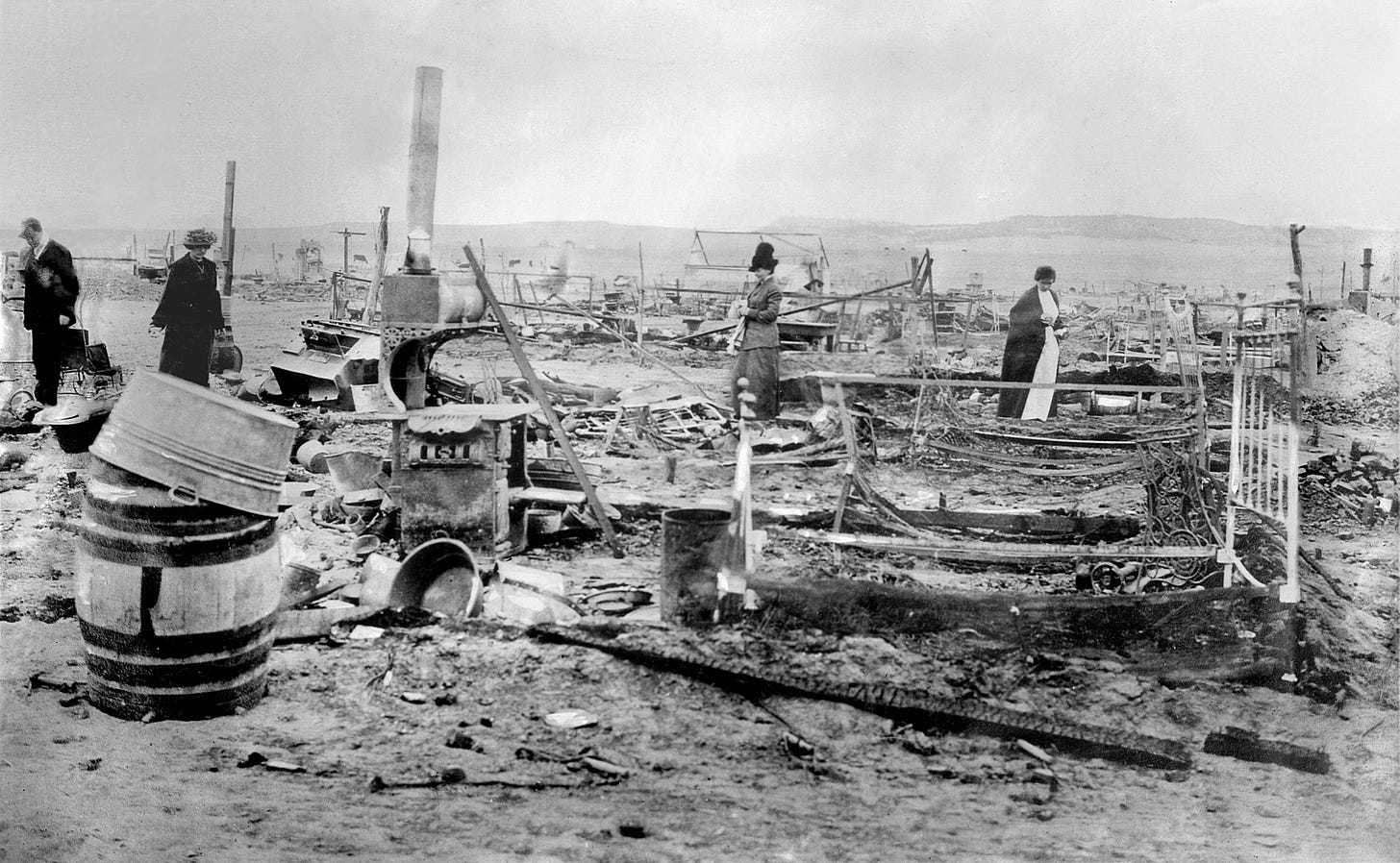
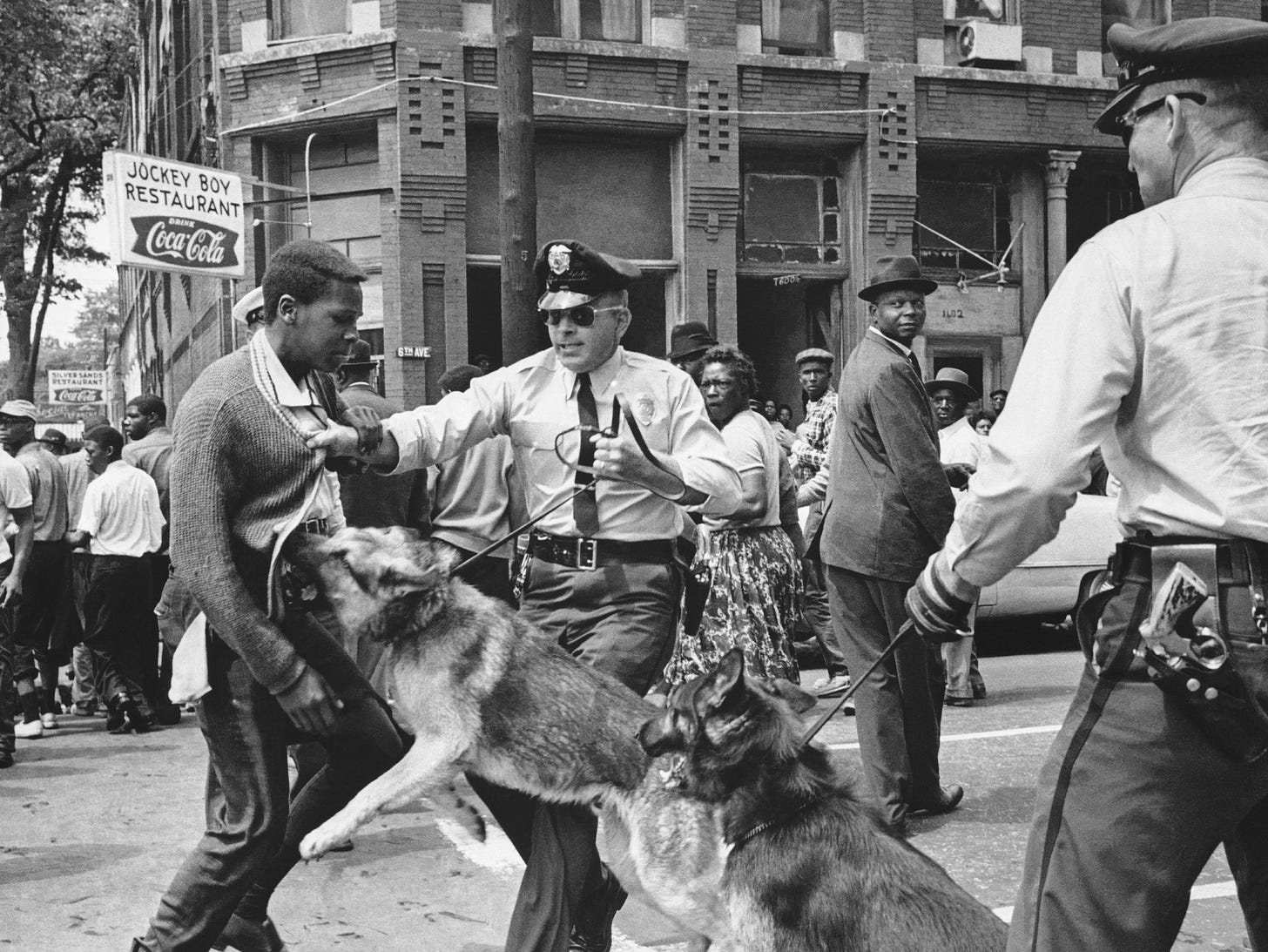
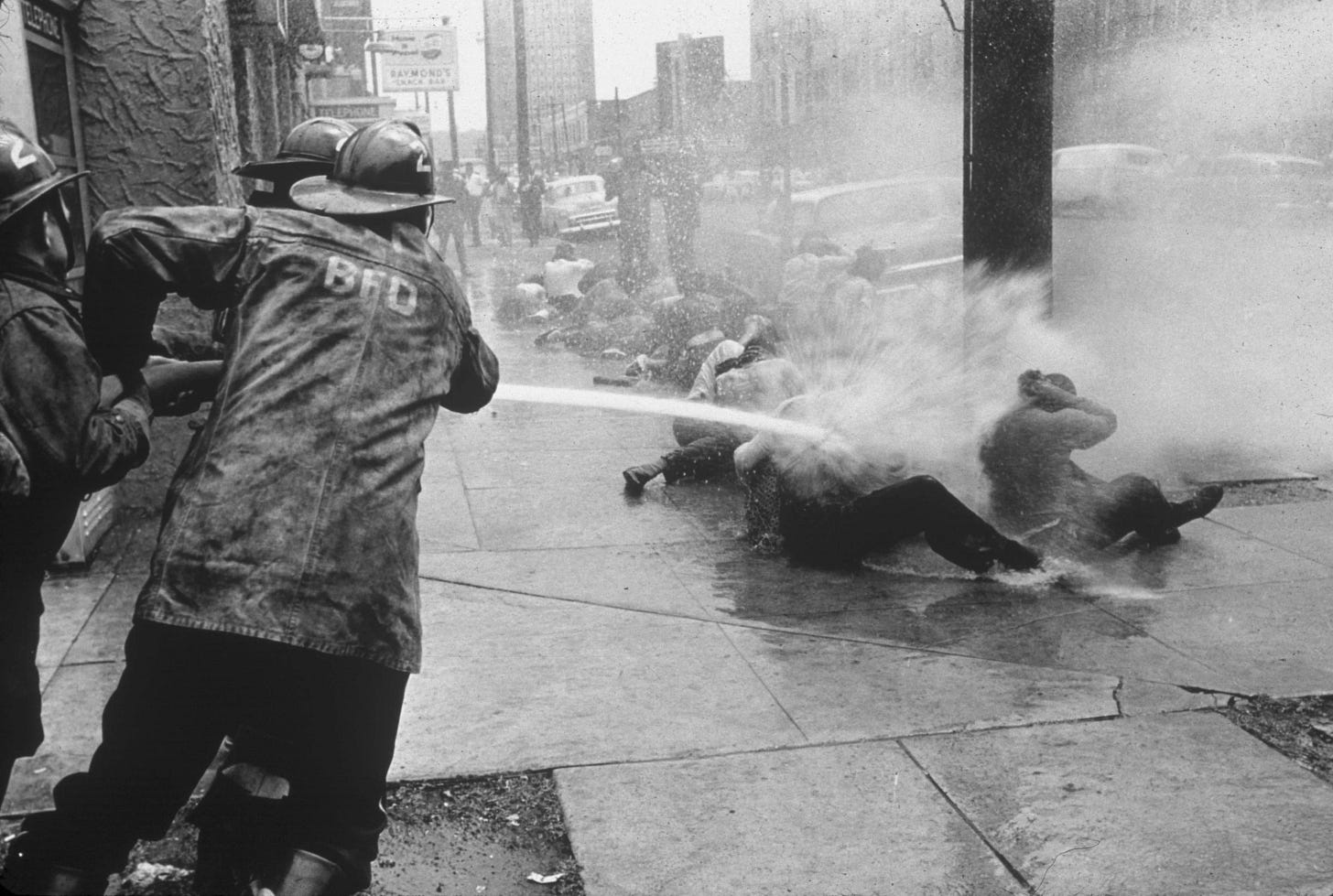

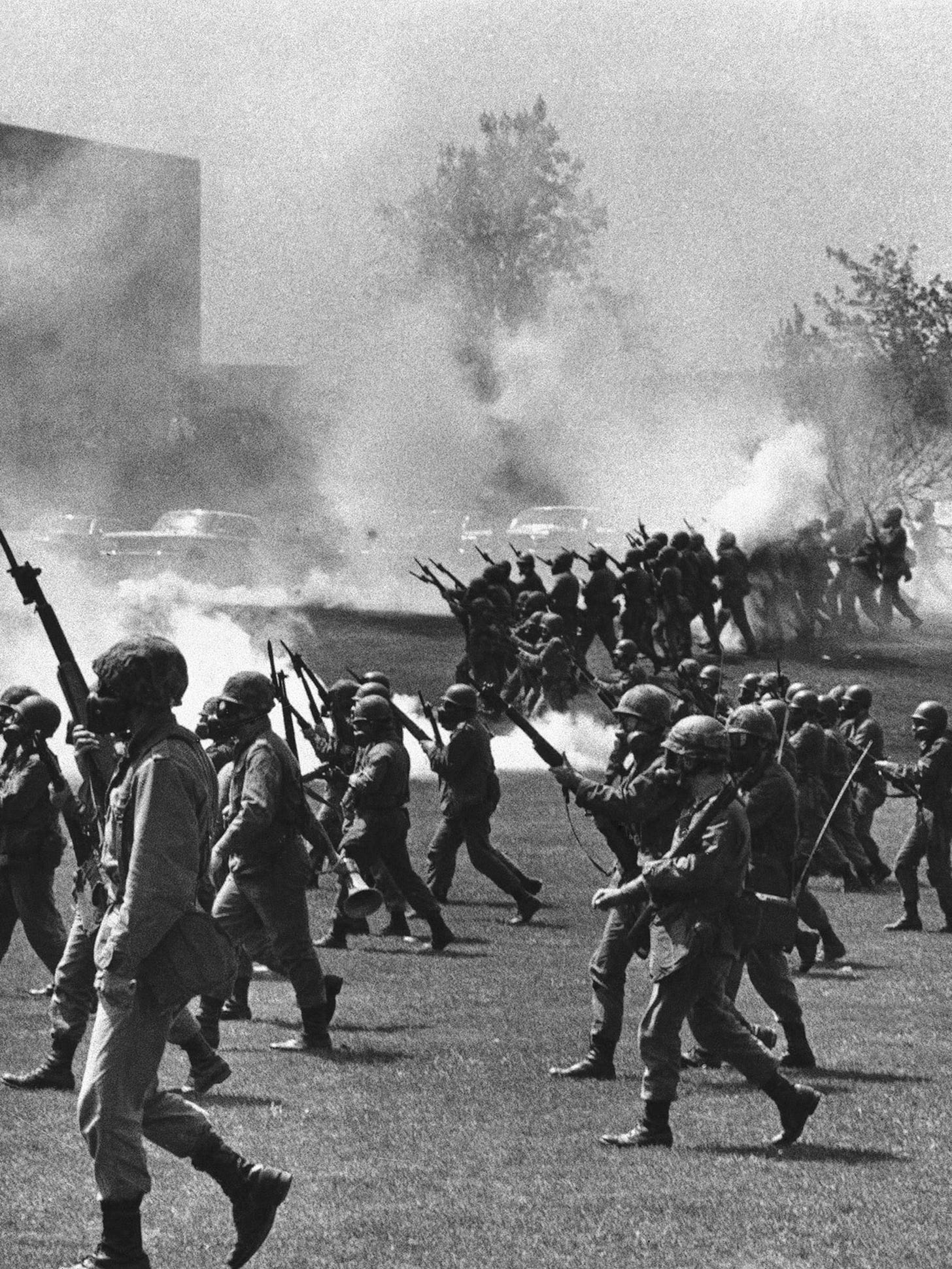

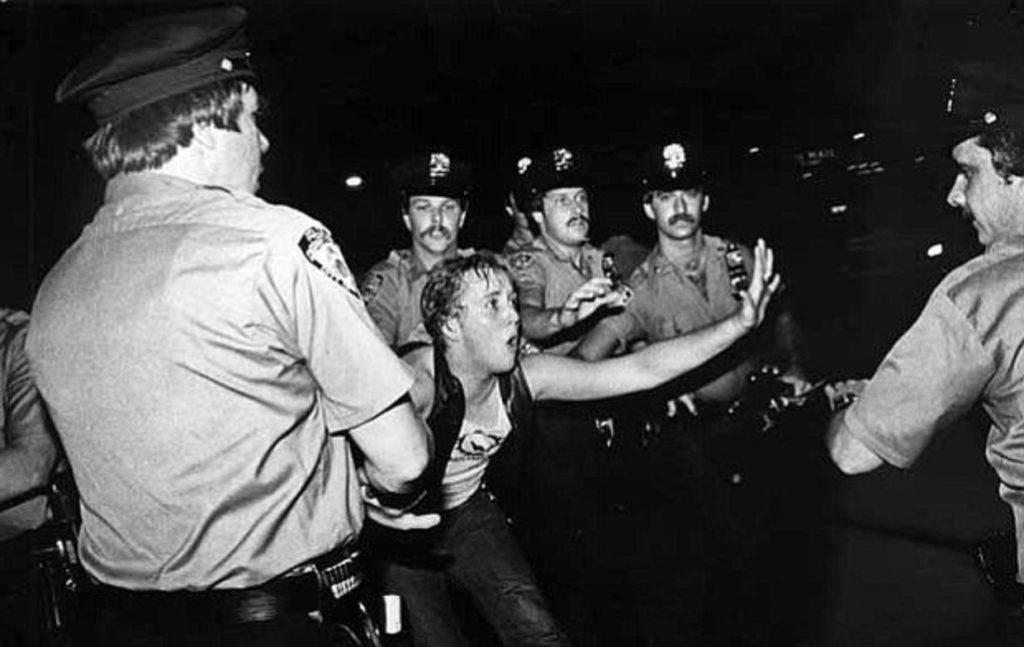

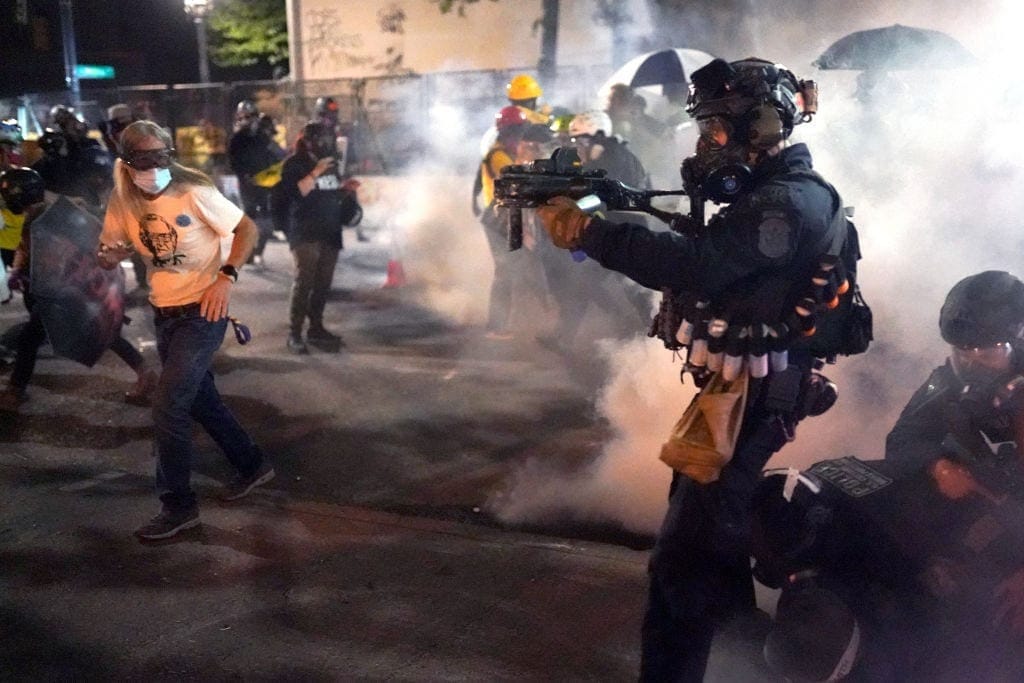
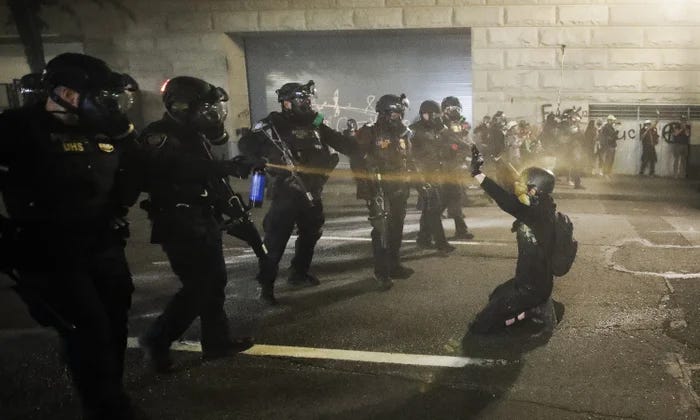
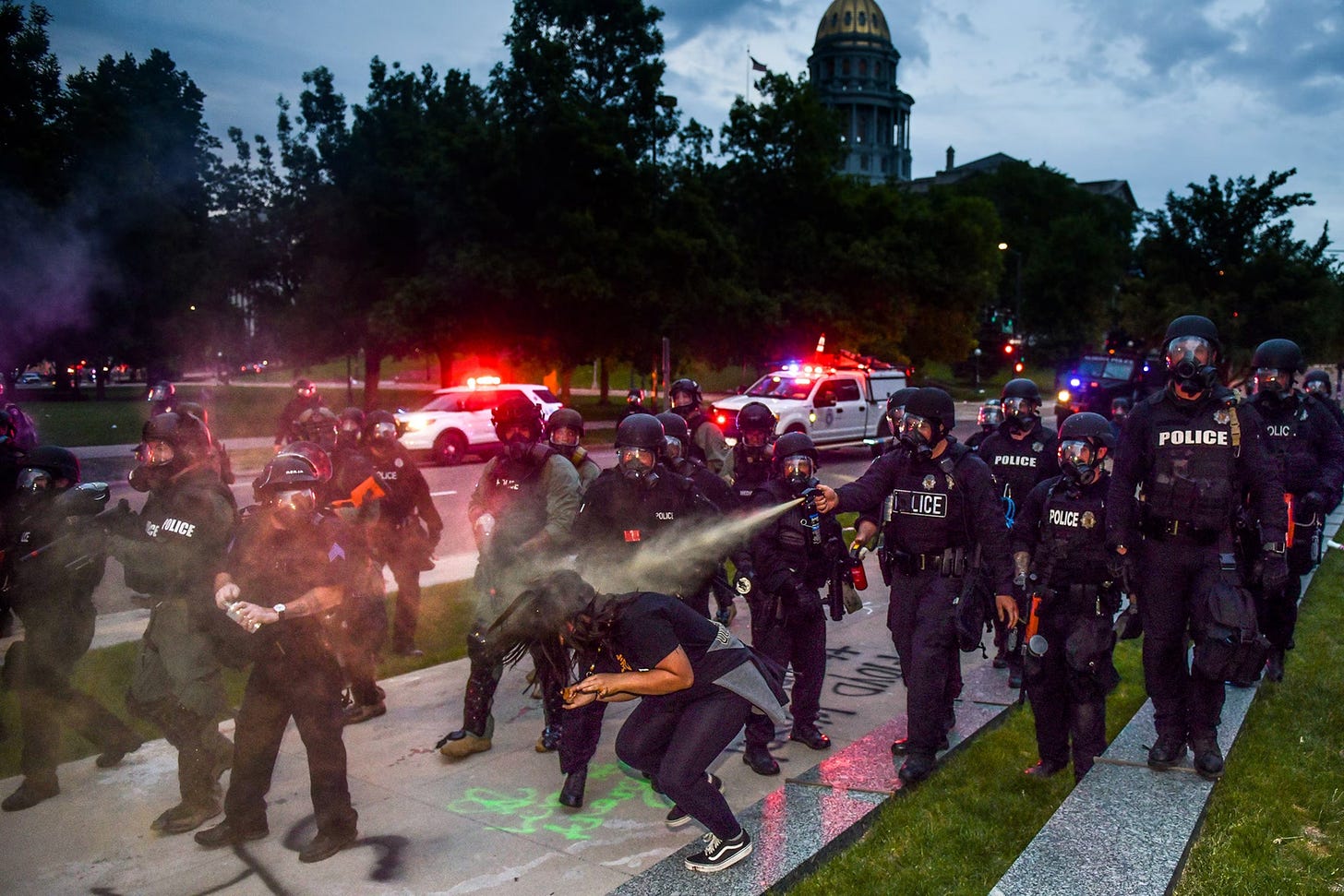

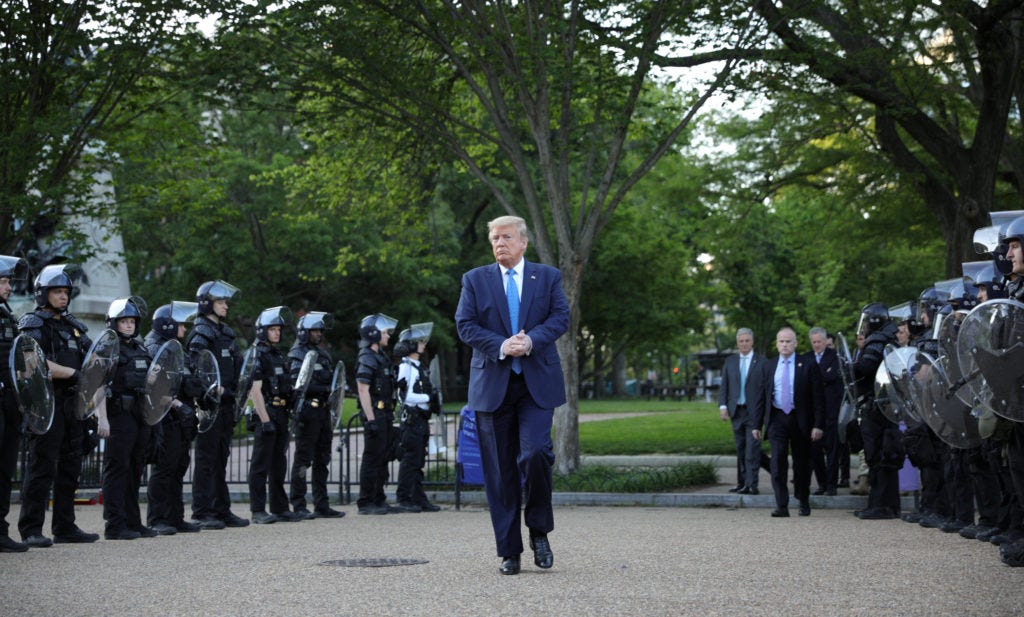
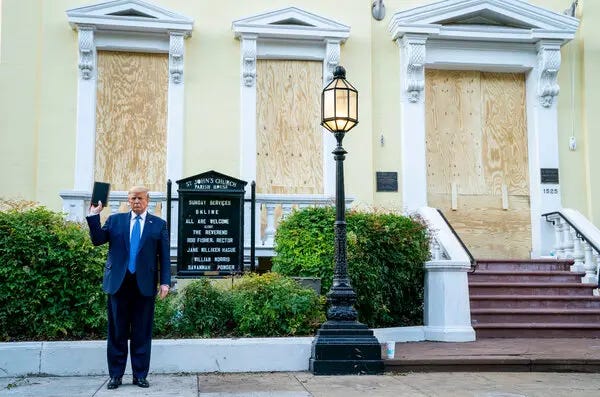
Again this is SOOOO relevant! I'm gobsmacked, I was part of most of these protests. I remember the murder of Medgar Evers, Gov. Wallace, Cambodia & Kent State & VN War protests.
You have put together an extraordinary timeline of civil rights history that is now being threatened and erased at breakneck speed. Tanks are rolling over our rights as this becomes a fascist confederacy. The Rubicon has already been crossed.
Thank you for showing the personal sacrifices, the courage, the real meaning of protests and why our democracy is so fragile and dynamic and unique.
Protests help define what it means to be human. And they give purpose to critical flashpoints in history.
June 14 is on the trajectory to dehumanize and to erase this meaning. But there are more of us than them, and the worse they get, the stronger we become.
Thank you for this incredible post, which I will save and restack and reread more than once. Powerful images. You've done it again. Bless you.
Great stuff! Important history. Personal costs can be great. We have to be committed as we go to protest. This is a great clear-eyed look at protests.